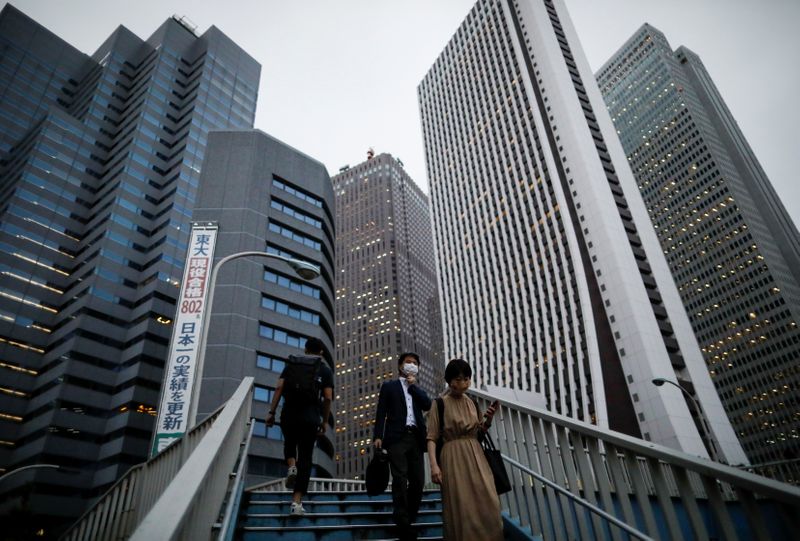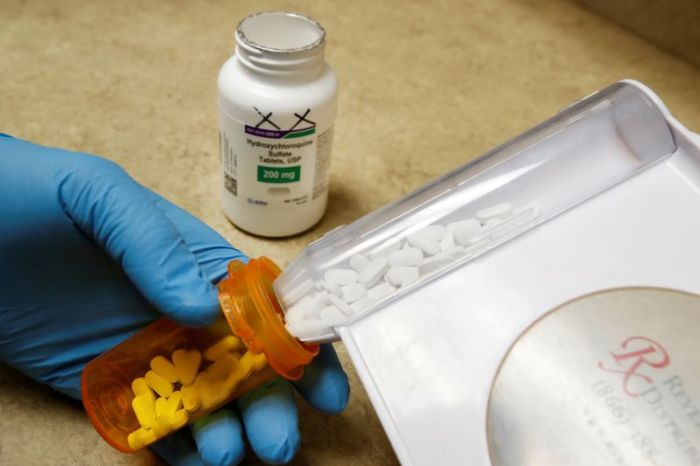TOKYO (Reuters) – The Bank of Japan is expected to roughly maintain its view the economy will gradually recover later this year from the virus-led downturn, sources familiar with its thinking told Reuters, even as fears of a second wave of infections cloud the outlook.
The central bank’s views, from its quarterly report due next week, will heighten the chances it will keep monetary policy steady at a review on July 14-15, after having ramped up stimulus in March and April.
But the BOJ’s report is expected to warn that risks to the outlook are extremely high, including a second wave of infections that could delay any recovery in global and Japanese growth, four sources told Reuters.
“Japan’s economy probably hit bottom,” said one of the sources. “The BOJ probably won’t need to alter its baseline view that the economy will start to improve later this year,” the source said, a view echoed by the three other sources.
Japan slipped into recession in the first quarter and is expected to suffer an annualised contraction of more than 20% in April-June, as output and consumption tanked after the government urged businesses to close and citizens to stay home.
Businesses have gradually re-opened and shoppers have returned to the streets since a state of emergency was lifted in late May.
The government’s huge stimulus package and central bank lending schemes have also helped cushion the economic blow, paving the way for a modest recovery, the sources said.
As a result of such positive signs, the BOJ is likely to stick to its forecast, made three months ago, that Japan’s economy will improve later this year, they said.
If pessimists in the board prevail, the BOJ may signal that the projected timing of the recovery could be delayed or prove weaker than initially expected due to the prolonged drag from COVID-19, the sources said.
In its April report, the BOJ said the economy would remain in a “severe” state for some time but improve in the latter half of 2020 on condition that the pandemic’s impact will gradually dissipate.
Many in the BOJ concede their recovery forecast rests on the shaky assumption the world can avoid a resurgence in coronavirus infections.
A rise in infections in Tokyo, as well as in key export markets such as the United States, could delay Japan’s recovery – a risk the BOJ may highlight in the report, the sources said.
In a rare move that underscored the difficulty of predicting the pandemic’s impact, the BOJ released its growth and price estimates in a range in April instead of producing a median forecast of the nine board members.
In April, the BOJ projected GDP would shrink in a range of 5.0% and 3.0% for the current fiscal year ending in March 2021 but grow 2.8% to 3.9% in fiscal 2021.
Analysts polled by Reuters last month expect Japan’s economy to contract 5.2% in the current fiscal year, before expanding by 3.2% the following year.
(Editing by Jacqueline Wong)




















